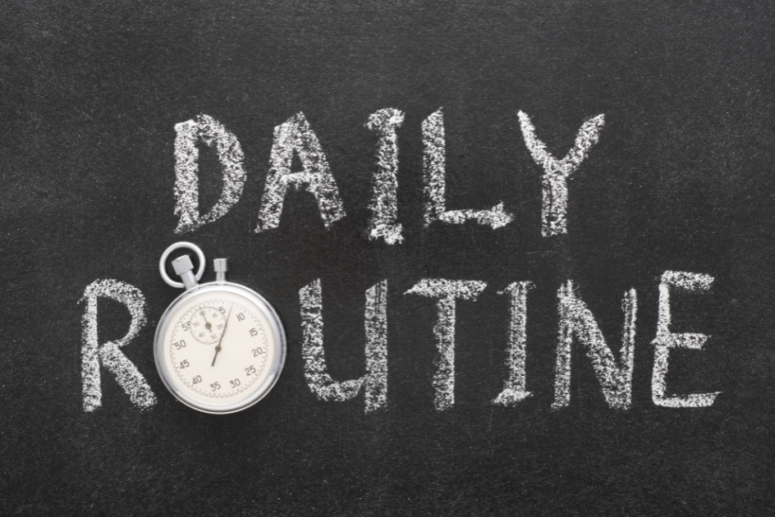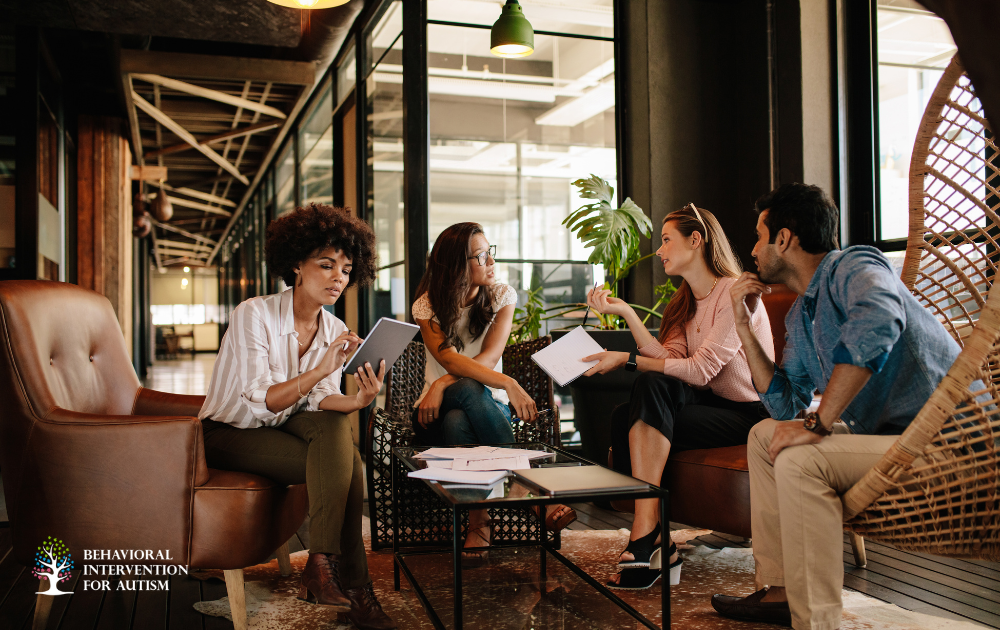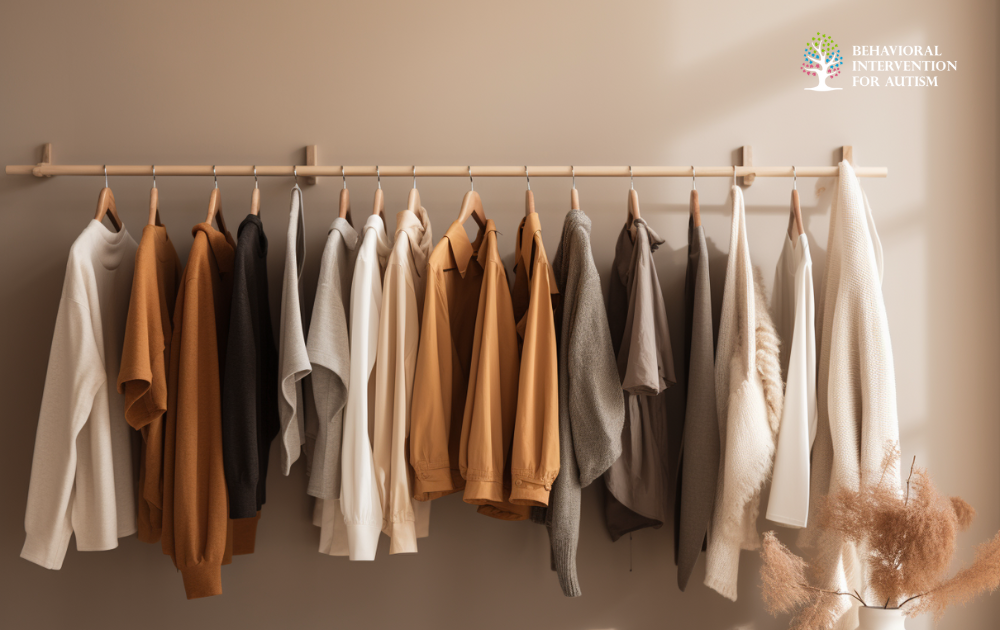
Table of Contents
For individuals with autism, the establishment of consistent daily routines plays a pivotal role in promoting structure and predictability in their lives. The importance of establishing routines and the potential challenges in maintaining them are discussed.
Importance of Establishing Routine
Establishing a routine is essential for individuals on the autism spectrum as it provides a sense of security and stability. Routine helps individuals know what to expect, reducing anxiety and promoting a sense of control over their environment. Through clear routines, individuals with autism can better navigate daily tasks, transitions, and activities, leading to improved overall well-being.
Challenges Faced in Daily Routines
While routines are beneficial, individuals with autism may encounter challenges when it comes to adhering to them consistently. Some common challenges include difficulty with transitions between activities, sensitivity to unexpected changes, and struggles with organizing tasks. These challenges can disrupt the flow of the routine and may lead to increased stress and meltdowns.
Understanding and addressing these challenges is crucial in developing effective strategies to support individuals with autism in establishing and maintaining daily routines. By recognizing the importance of routines and actively working to overcome associated challenges, caregivers and individuals with autism can create a supportive and structured environment conducive to daily living.
Setting Up a Structured Routine
Establishing a structured routine is vital for individuals with autism to navigate daily life successfully. Two key components in setting up an effective routine are creating a visual schedule and incorporating predictability and flexibility.
Creating a Visual Schedule
A visual schedule is a powerful tool that provides individuals with autism a clear and visual representation of their daily activities. By breaking down the day into manageable chunks and using visual cues such as pictures, symbols, or words, individuals can better understand and anticipate what is expected of them.
Using a visual schedule helps individuals with autism feel more in control of their daily routine, reduces anxiety, and enhances independence. Here is an example of how a visual schedule can be structured:
Morning Routine | Afternoon Routine | Evening Routine |
Brush Teeth | Lunch | Dinner |
Get Dressed | Therapy Session | Bath Time |
Breakfast | Outdoor Activity | Storytime |
Incorporating Predictability and Flexibility
While routines provide a sense of structure and security, it is also important to incorporate predictability and flexibility to accommodate unexpected changes. Predictability helps individuals with autism anticipate transitions and activities, reducing anxiety and meltdowns.
At the same time, building flexibility into the routine allows for adaptations when necessary. For example, if a scheduled activity is disrupted, having backup plans or alternative activities can help maintain a sense of routine and stability.
Balancing predictability with flexibility is key to creating a successful daily routine for individuals with autism. It allows for a structured framework while also allowing room for adjustments to meet changing needs and circumstances. By combining visual schedules with predictability and flexibility, caregivers can help individuals with autism navigate their daily routines with greater ease and confidence.

Strategies for Successful Daily Living
Effective strategies can significantly enhance the quality of life for individuals with autism. Three key approaches that foster successful daily routines include simplifying transitions and using positive reinforcement.
Simplifying Transitions
Transitions can be particularly challenging for individuals with autism, as unexpected changes in routine can lead to anxiety and distress. To ease this process, it is essential to create a structured approach to transitions. This can involve providing advance notice of upcoming changes, using visual schedules to outline the sequence of activities, and offering verbal cues to prepare for transitions.
Implementing Positive Reinforcement
Positive reinforcement is a powerful tool for encouraging desired behaviors and fostering motivation in individuals with autism. By using praise, rewards, or tokens to acknowledge and reinforce positive behaviors, caregivers can help reinforce routine tasks and promote independence. Consistent and immediate reinforcement is key to shaping behavior and establishing positive routines.

Enhancing Communication and Social Skills
Supporting individuals with autism in daily living requires enhancing communication and social skills, which are vital for their overall well-being. Effective strategies for addressing communication needs and enhancing social interactions are explored.
Supporting Communication Needs
Individuals with autism may face challenges in verbal and nonverbal communication. It is essential to use a combination of strategies to support their communication needs effectively. Utilizing visual supports, such as picture cards, communication boards, and sign language, can help individuals with autism express their thoughts, needs, and emotions.
Moreover, implementing augmentative and alternative communication (AAC) devices can provide individuals with a voice when verbal communication is difficult. AAC devices range from simple picture exchange systems to high-tech speech-generating devices, offering a customized approach based on the individual’s communication abilities.
Promoting Social Interactions
Promoting social interactions for individuals with autism is key to fostering meaningful relationships and connections. Structured social skills training programs can help individuals learn and practice important social cues, turn-taking, and perspective-taking skills in a supportive environment.

Additionally, creating opportunities for socialization in controlled settings, such as small group activities or peer mentoring programs, can facilitate the development of social skills. Encouraging positive social interactions and providing constructive feedback can further enhance the individual’s ability to navigate social situations effectively.
Supporting communication needs and promoting social interactions empower individuals with autism to engage meaningfully with their surroundings and build fulfilling relationships. Addressing the unique communication and social challenges they face is crucial for helping them thrive in daily routines and interactions.
Addressing Sensory Sensitivities
Individuals with autism often experience sensory sensitivities that can impact their daily routines and overall well-being. By recognizing sensory triggers and creating a sensory-friendly environment, caregivers can help minimize stress and support individuals with autism in navigating their daily lives.
Recognizing Sensory Triggers
Sensory Trigger | Response |
Loud noises | Covers ears, becomes agitated |
Bright lights | Squints eyes, seeks dark spaces |
Strong smells | Holds nose, moves away |
Rough textures | Rubs or scratches skin, avoids touching |
Identifying specific sensory triggers that cause discomfort allows caregivers to proactively modify the environment and reduce sensory overload. Observing behavioral cues and patterns offers valuable insights into an individual’s sensory sensitivities, guiding the development of effective strategies.

Creating a Sensory-Friendly Environment
Sensory Element | Tips for Creating a Sensory-Friendly Environment |
Visual | Use soft, muted colors; minimize clutter; provide visual schedules |
Auditory | Reduce noise levels; use noise-canceling headphones; provide quiet spaces |
Tactile | Offer soft fabrics; provide textured objects for calming; respect personal space |
Olfactory | Avoid strong scents; use unscented products; ensure well-ventilated spaces |
Creating a sensory-friendly environment involves making thoughtful adjustments to the surroundings to accommodate sensory needs. By incorporating elements that cater to visual, auditory, tactile, and olfactory sensitivities, caregivers can promote a comfortable and calming space for individuals with autism to thrive. Implementing these environmental modifications can enhance the individual’s overall well-being and support their engagement in daily activities.
Establishing a daily routine is essential for individuals with autism, as it provides structure and predictability, helping to reduce anxiety and promote independence. Incorporating activities that are enjoyable and engaging can enhance motivation and encourage participation.
Behavioral Intervention for Autism specializes in delivering high-quality ABA therapy in Florida, tailored to meet the unique needs of each child. Our dedicated team focuses on creating personalized programs that not only support skill development but also foster a sense of accomplishment. If you’re interested in discovering how we can help you create a positive daily routine, reach out to us today!
- 9 Common Obsessions of Children With Autism You Should Know - February 25, 2025
- What is Neurodiversity? A Guide to Embracing Differences - February 25, 2025
- Understanding Hyperfocus in Autism: What It Means and Why It Happens - February 25, 2025
